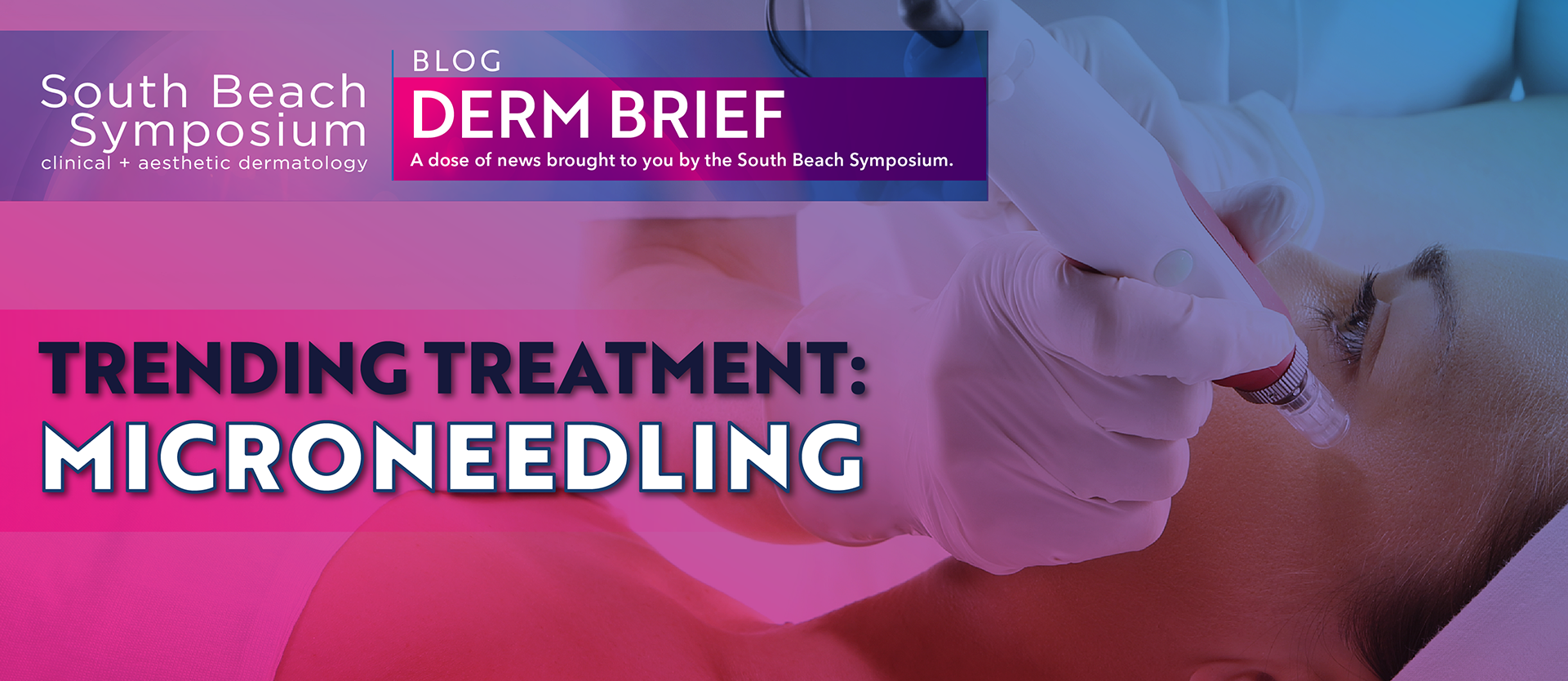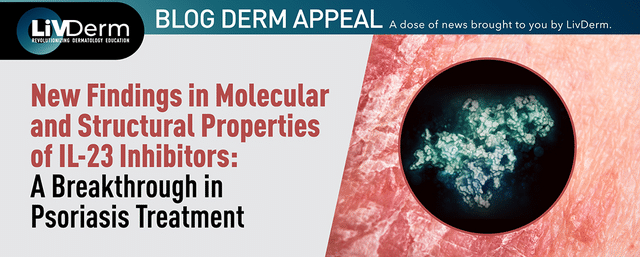In 2018, industry analyzer Market Watch estimated that the worldwide dermabrasion and microneedling market would increase by a robust 3.68%: due to a growing demand for minimally invasive aesthetic treatments that has motivated many medical professionals to add services such as microneedling to their practices. With minimal treatment time and consistently optimal results, the new procedure of microneedling has continued to grow in popularity and widespread use.
What is Microneedling
Microneedling, also known as collagen induction therapy, is a minimally invasive procedure that uses small, sterile, dermaroller needles to treat skin concerns such as acne scars, stretch marks, and wrinkles. The treatment is used to puncture the skin, thus prompting the dermis to generate new collagen and skin tissue. The procedure can additionally include medications such as vitamin C or topical tretinoin to fill deeper deposits into the skin.
Clinical Research
While advanced clinical research of the procedure is still in early stages, the heightened demand for the procedure in recent years has prompted many medical professionals to conduct varying studies in an effort to better understand the most effective methods. A recent clinical study completed by SBS faculty member Glynis Ablon, MD found that “four microneedling treatments of facial skin, spaced four weeks apart, significantly improved lines, wrinkles, skin laxity, and skin texture, 90 and 150 days after the first treatment.”
A study published in the Journal of Cutaneous and Aesthetic Surgery assessing the applications of microneedling in atrophic facial scars noted that the ‘simple, inexpensive’ office method of treatment was an important tool for treating and managing facial scars of different etiologies, and was a valuable procedure to treat a common & challenging cosmetic problem. A separate study led by researchers at the Jordan University of Science and Technology found that microneedling can significantly improve “scarring and the associated hyperpigmentation in patients of color,” with results indicating that microneedling is an effective treatment for both acne scars and pigmentation.
As demand for the procedure continues to increase in aesthetic & dermatology offices, medical professionals will be expected to thoroughly understand the treatment’s benefits, best practices, and risks. In order to stay up-to-date with the latest microneedling techniques, as well as various other clinical and aesthetic treatments, attend SBS 2020: the most impactful & informative dermatology event of the year
















